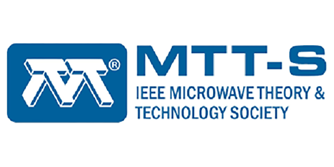KEYNOTE SPEAKER

International Exposure Guidelines for Human Protection from Electromagnetic Field – Application to Wireless Power Transfer Systems–
Akimasa Hirata (Nagoya Institute of Technology, Japan)
Biography: Akimasa Hirata received the B.E. and PhD. Degrees in communications engineering from Osaka University, Suita, Japan, in 1996 and 2000, respectively. In 2001, he joined the Department of Communications Engineering, Osaka University, as an Assistant Professor. In 2004, he moved to Nagoya Institute of Technology, where he is currently Professor and Director of research center. His research interests include electromagnetic safety, risk management system for heat-related illness, methods in neuroscience, antennas, and related computational techniques. Prof. Hirata is Chair of International Commission on Non-Ionizing Radiation Protection. He received several awards including the Japan Academy Medal and JSPS Prize (2018), Japan Open Innovation Prize (President of the Science Council of Japan Prize in 2022) from the Cabinet Office, and IEEE EMC-S Richard R. Stoddart Award (2023). He is a Fellow of IEEE, Institute of Physics, IEICE, and IEE Japan
Abstract: When new wireless technologies emerge, there are public concerns about the potential adverse health effects of electromagnetic fields. Unlike other devices used in wireless communications, the leaked or emitted field strength from Wireless Power Transfer (WPT) systems would be significant, even with high transmission efficiency, due to the potentially high-power transfer involved. To protect humans from electromagnetic fields, international guidelines and standards have been issued by the International Commission on Non-Ionizing Radiation Protection (ICNIRP) and IEEE. In these guidelines, the lowest threshold for substantiated adverse health effects is electrostimulation at frequencies below 100 kHz and heating above 100 kHz. Consequently, the physical quantities, including their averaging time, used for setting the limits differ based on frequency. In this talk, the general procedure for compliance assessment will be briefly explained for different WPT systems, including those used for electric vehicles (at 85 kHz) and magnetically coupled resonance systems operating in the MHz band. Additionally, ICNIRP activities related to WPT applications will be mentioned briefly, including the status of low-frequency guidelines revision.



